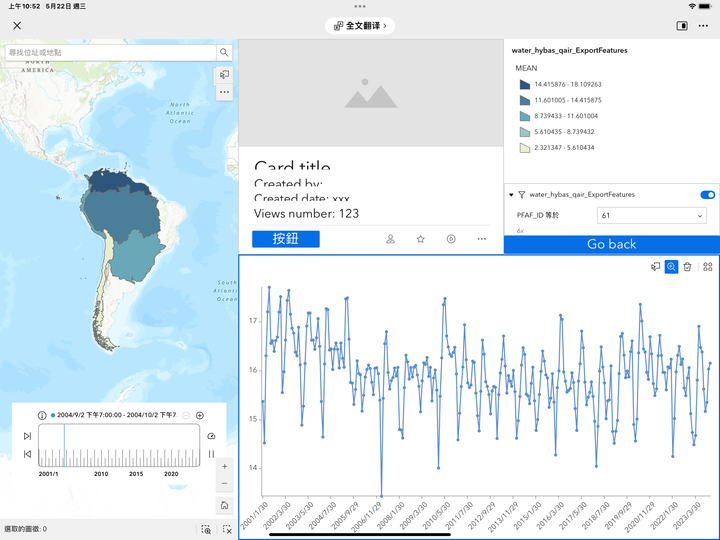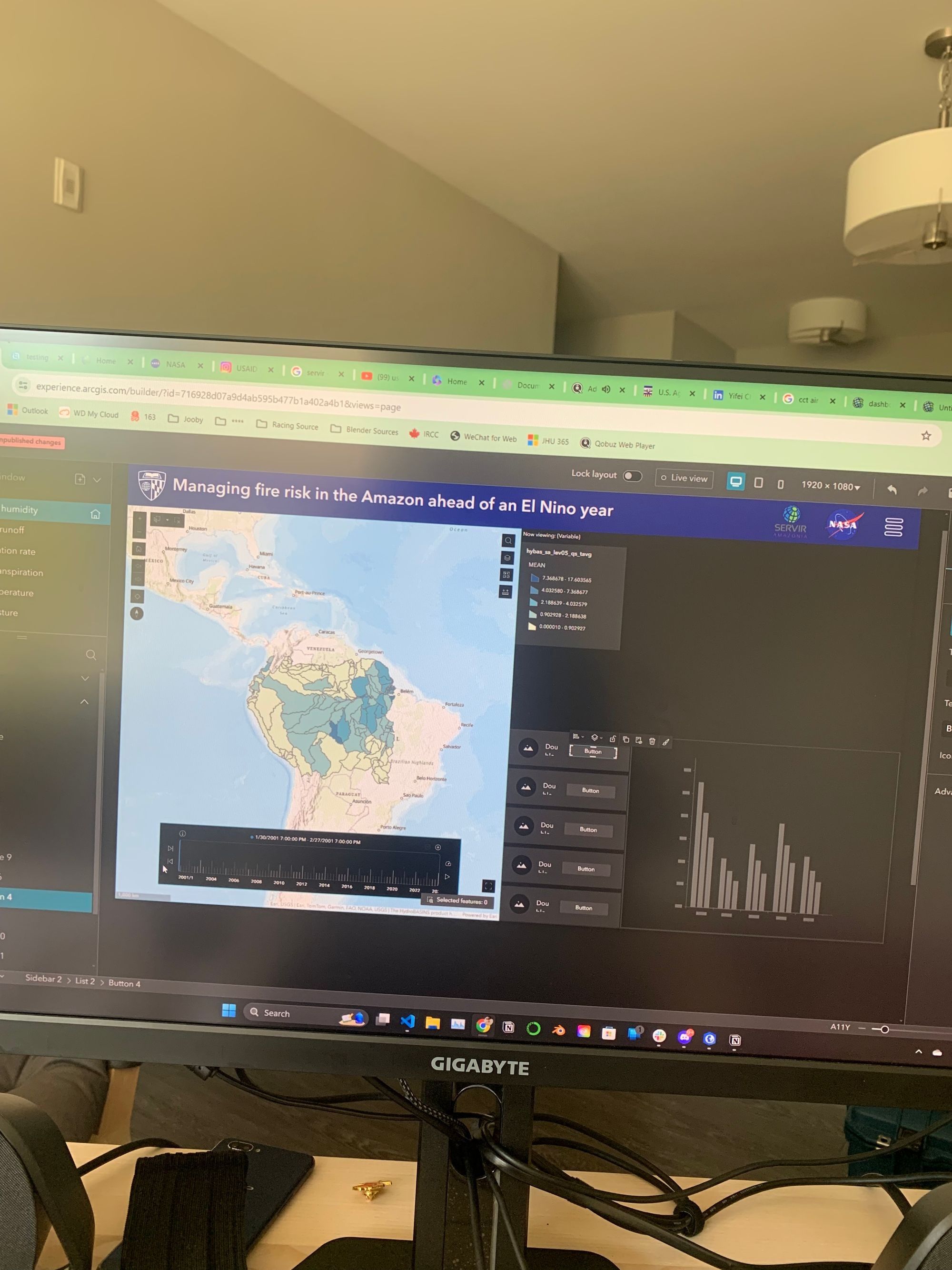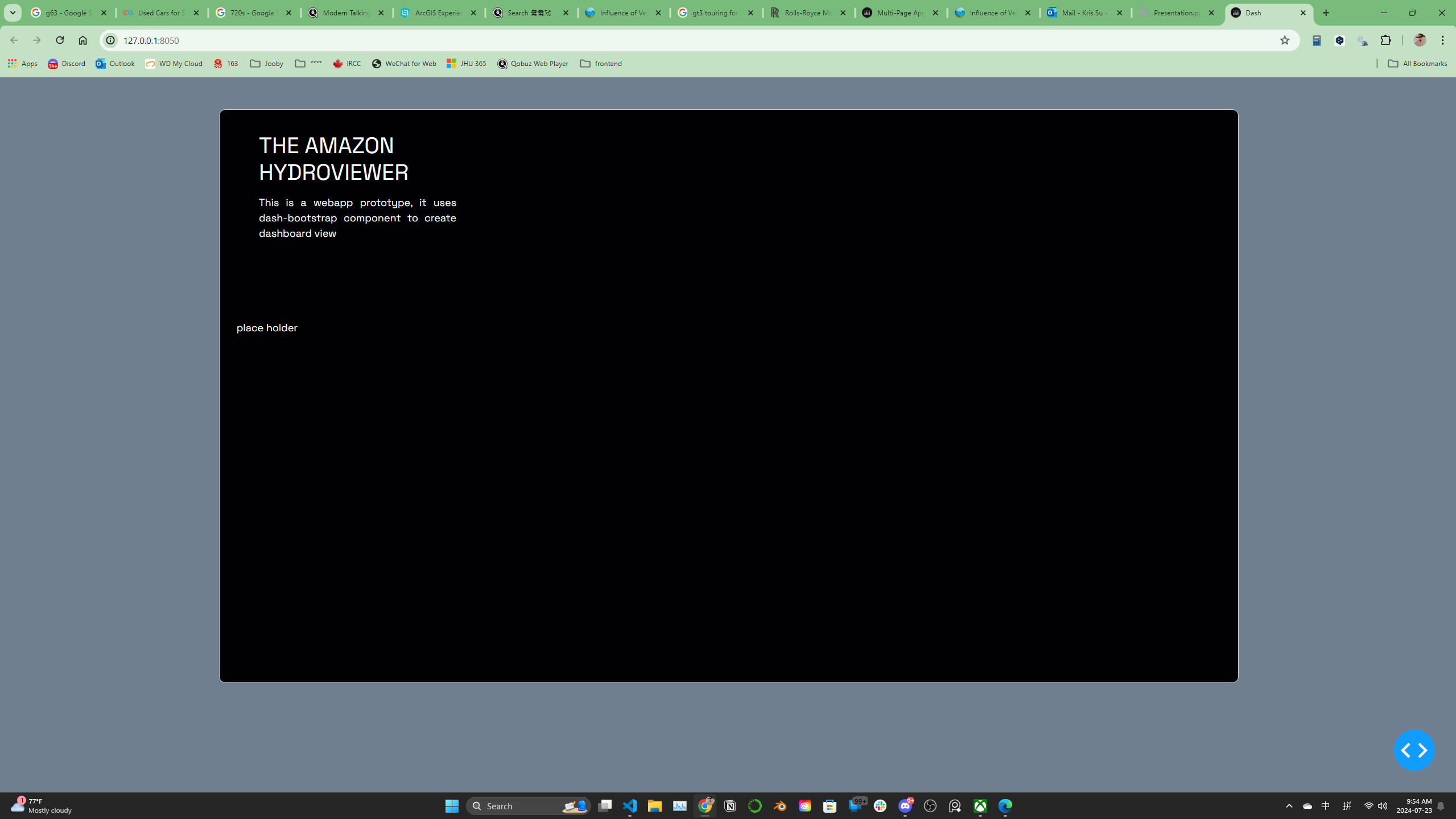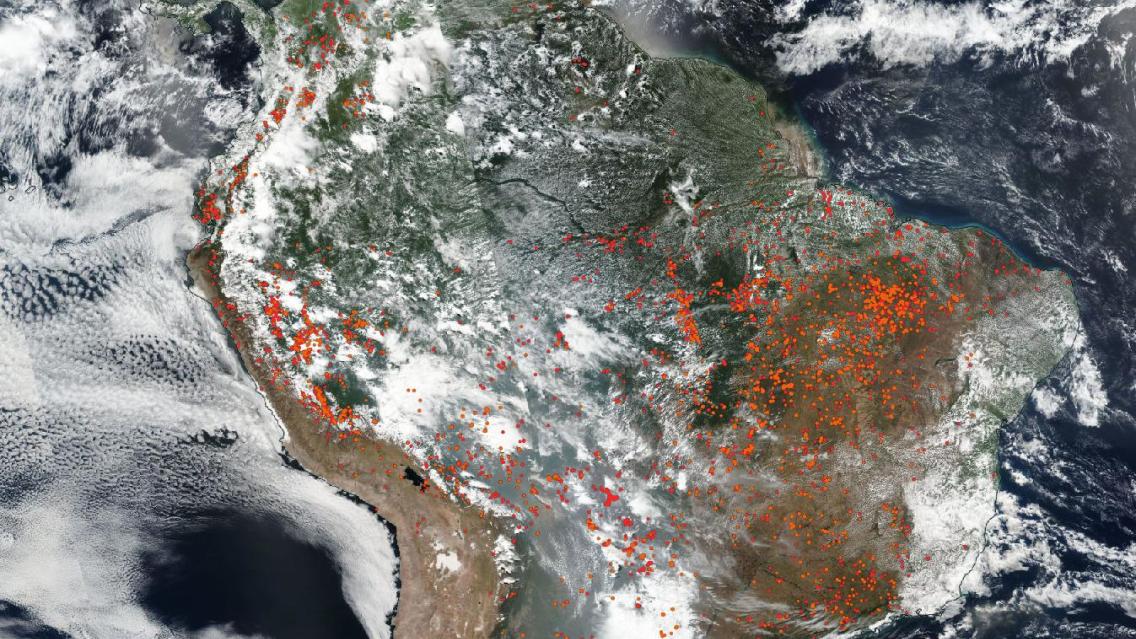Welcome
Welcome to our new documentation site! This site is powered by Docusaurus which is a website generator built by Meta's open source team using React frame work.
You hear us right, it is a website generator... Most of our pages are prepared in Markdown format and hosted in a GitHub Repo.
In the near future, this website will be used as the hub of presenting the geoprocessing and statistical methods we used when building our webapp.






